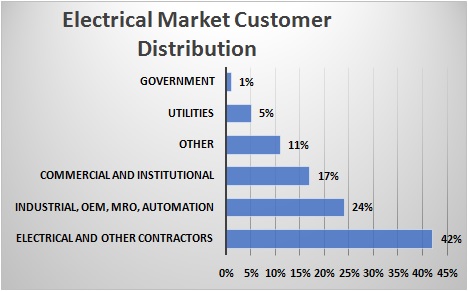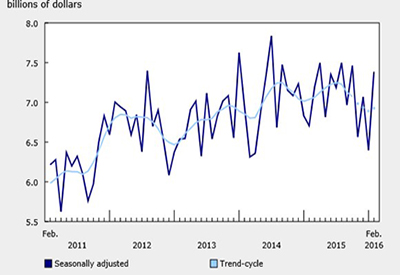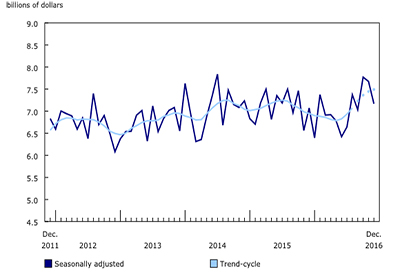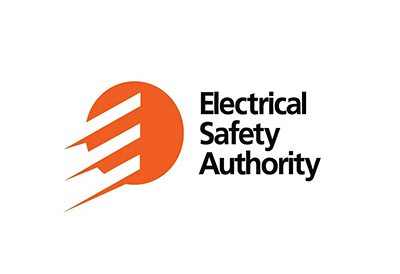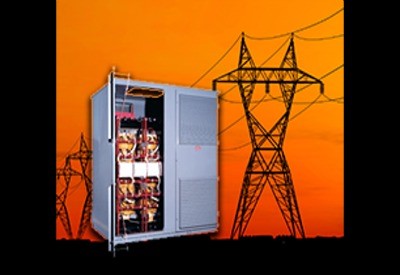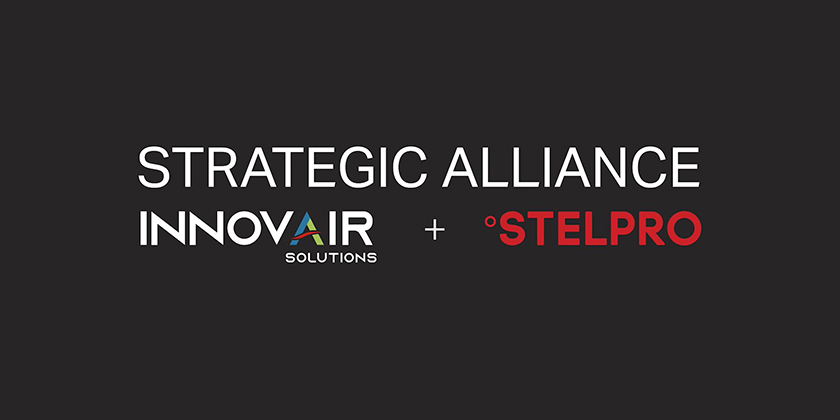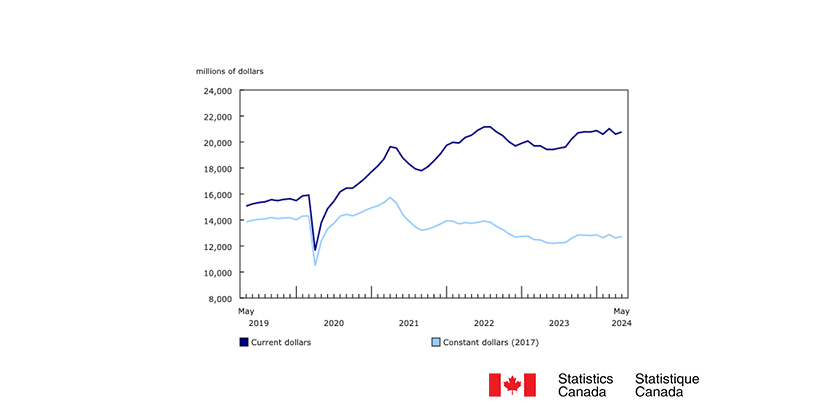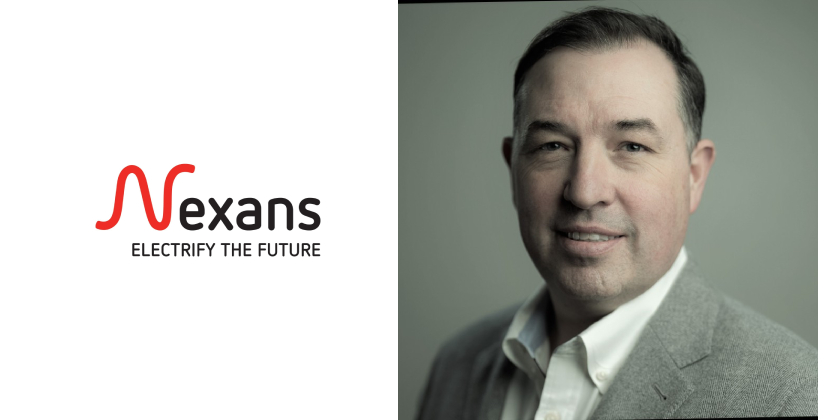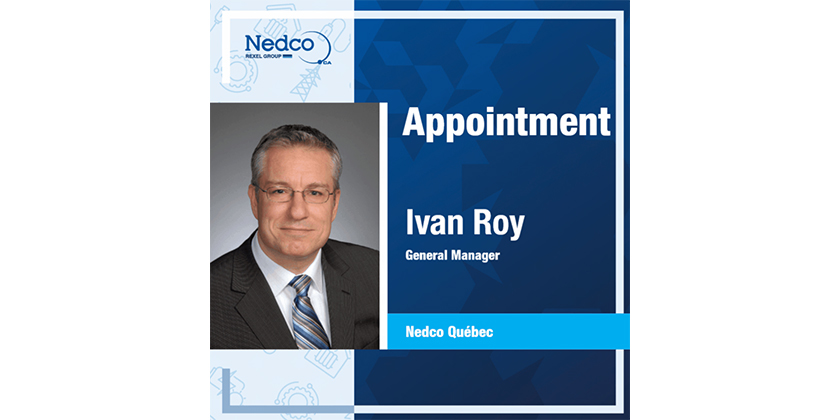A Closer Look at ESA’s EV Charger Installation Blitz & EV Charger Considerations

November 24, 2023
By Blake Marchand
Earlier this year, the Electrical Safety Authority (ESA) conducted an EV charger installation ‘blitz’ as part of their campaign to educate homeowners and consumers, in an effort to improve EV charger installation safety in Ontario.
We spoke to Steve Nelson, General Manager for the Central Region of Ontario for ESA, who oversees all inspectors and senior inspectors for that area, to gain more insight.
The blitz found more than 400 violations. Nelson explained that through their routine inspections they came across “an increase in the number of electric vehicle charger installations” without a permit. That triggered a dedicated campaign in the city of Toronto, to help with education on the requirements of EV charger installations in Ontario.
As mentioned, they found over 400 instances of work without a permit, “so, as inspectors, we’re going to head out, take a look at these installations, and reach out to homeowners about these infractions.”
Nelson noted that when a violation is identified, it does require further action.
A key aspect for ESA in this is educating the homeowner about the requirements and implications of different electric vehicles and different levels of chargers. Once people buy an EV, they don’t necessarily know what comes along with that with respect to installing the right charger, ensuring their electrical infrastructure can handle the increased load, as well as who is required to complete the installation.
With respect to the latter, in Ontario, a Licensed Electrical Contractor (LEC) with a registered ECRA number is required by law.
“A lot of homeowners are unaware they’ve hired somebody’s friend or somebody’s brother that only partially knows what to do. They’re unaware that they needed a permit and they’re not sure of the process, which indicates a need for further education and awareness,” explained Nelson.
ESA’s awareness campaigns extend to working with dealerships, attending auto shows, and working with automotive authorities.
“There’s a page which anybody can visit to enhance their knowledge. Through that resource, you can find a licensed electrical contractor. It’s not only a great way to find an LEC, but it’s also a way to validate whether that person that you hired is, in fact, a valid licensed electrical contractor.”
When it comes to the LEC side of things, Nelson said, “more recent electrical contractors will understand their work parameters, like which projects they need to get a permit for, and which will get inspected. This, in turn, increases homeowner safety.”
Although he recognizes that some LECs may not work with EV chargers as often as others and may need more education, as well. ESA has information on their website, as mentioned, but LECs can also reach out to technical advisors and inspectors for information at any time.
You can also consult Section 86 of the Canadian Electrical Code, or the Ontario Electrical Safety Code, which cover EV charger installations. Our monthly CE Code Series by William (Bill) Burr provides a guide for finding your way through each section of the code, you can find the Section 86 installment HERE.
“I would just remind homeowner that we are here to help every step of the way because we want a safe Ontario,” noted Nelson.
EV Charger Considerations
There are three levels of EV charger.
Level 1 chargers use a 120-volt outlet and are typically installed at the home because they take longer to charge – from 12 to 20 hours for a full charge – and homeowners can charge their car overnight when rates and load demand are lower.
Level 2 chargers require a 240-volt outlet, a full charge typically takes between 6-14 hours. Level 2 chargers are installed in the home, businesses, and common areas. They are available in different amperages, typically from 30 to 80 amps, higher amps mean faster charging. A 30 A level 2 charger (7.2 kw) will typically charge your battery 60% in 6-8 hours.
Level 3 chargers use a direct current to charge the car faster and more efficiently; they charge at 100km per 30 minutes, and 1-4hrs to fully charge a battery. They are more likely to be installed at businesses, rest stops, and common areas.
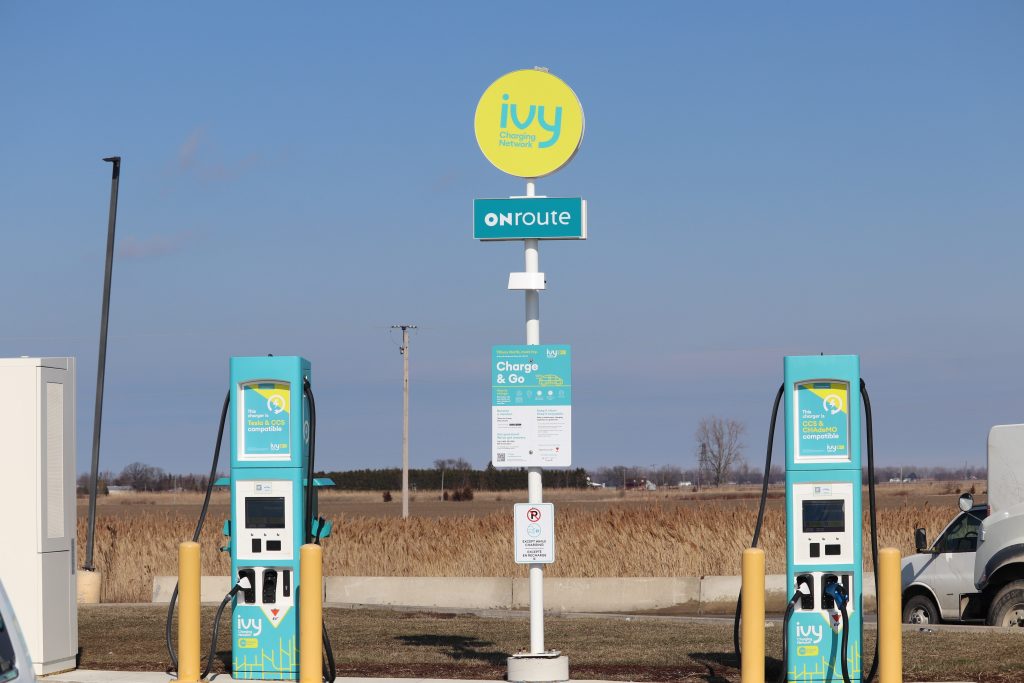
The faster the charger, the higher the amperage will be, so depending on the load available with your electrical panel, a higher amperage may require a panel upgrade.
There are two approaches for installations, hardwired and plug-in. Hardwired is often a preferred option for a level 2 charger, it limits points of failure and better protects outdoor chargers.
Smart EV chargers can be set to adjust to load demand and timing factors and allow for monitoring. Similarly, an EV EMS (Electric Vehicle Energy Management System) can detect when an EV charger is using more than its share of the main circuit breaker capacity and will de-energize the EV charger in those instances. Technically, an EMS ensures that the “system” is not being overloaded; they would detect when there is not as much power available as the EV is requesting and will prevent it from overloading the infrastructure. There are many different systems on the market; some shut off the supply when the demands do not permit it to operate at full capacity, while others will scale the power available based on overall demand, first in, or other measures. Typically, these systems are implemented in commercial and multi-unit residential applications.
Other considerations include: the type of connector, vehicles compatibility, indoor/outdoor rated products, portable or permanent chargers, and cord length.
Connectors include J1772 (J plug), used for level one and two chargers. CCS (BMW, GM, and Volkswagen) and CHAdeMO (Mitsubishi, Nissan) are utilized for fast charging. Tesla chargers are proprietary, although adaptors can be used for J plug and CHAdeMO.
All of which speaks the importance of education for LECs so they can properly educate and consult clients on the various elements and considerations for EV charger installations.
More important, as Nelson speaks to with respect to ESA, is that the work is carried out by a certified professional and registered with the appropriate authority of jurisdiction. This is the best way to ensure installations are safe and to code.
“The licensed electrical contractor knows that they’re required to fill out a permit and work with ESA before starting the installation which, in turn, gets inspected,” Nelson reiterated.
“If, as a homeowner, you are hiring someone to do work on your house in Ontario, it is law that they must be a licensed electrical contractor with that valid ESA ECRA license.”
Ultimately, he explained, “We want to reduce the risk of electrical fires or other damage to your new electric vehicle due to unlicensed or unpermitted work.”
Examples of unsafe work ESA found as part of the Toronto blitz
Nelson said they came across EV chargers mounted on trees, extension cords running across sidewalks and roads, indoor rated equipment installed outdoors, as well as installations without the proper overcurrent protection. Nelson noted this is often to appease the homeowner who wants the EV to charge faster.
“Just because it works, doesn’t mean it was done safely.”



